Are you coming to visit Berlin soon? So discover everything you need to know about the Brandenburg Gate, an emblematic monument of the capital!
If there is a landmark in Berlin, it is the Brandenburg Gate. Located at the entrance of the former Berlin, this triumphal gate is the symbol of the city and was also the symbol of its division for nearly 3 decades. Indeed, the monument was an integral part of Berlin Wall , following a north-south axis towards Postdamer Platz .
Today, visiting the Brandenburg Gate is an essential step in the discovery of the city and its history. Around this national emblem there are also many must-see monuments of the German capital which can be enjoyed during the same guided tour.
So what do you need to know before visiting the Brandenburg Gate? From its history to practical information, to the possible surrounding visits, we devour everything you need to know before coming to discover it.
History of the Brandenburg Gate
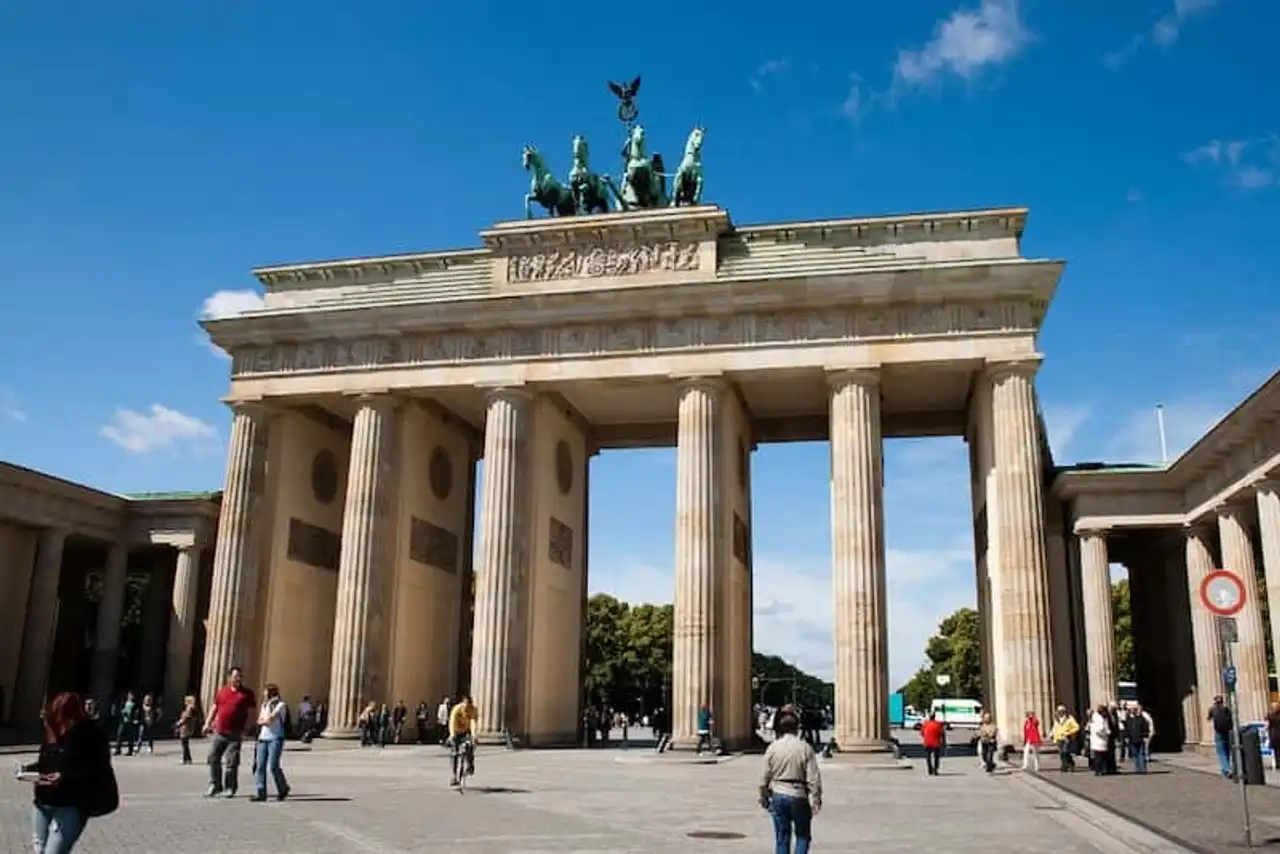
Photo credit: Filckr – Antoine Meausoone
Built from 1788 to 1791, the Brandenburger Tor gate in German was built by Prussian architect Carl Gotthard Langhans for the king of Prussia. Frédéric-Guillaume II . In neoclassical style, it is inspired by the Propylée, the main monumental entrance of the Acropolis of Athens. This is the first building of the Greek revival in Berlin.
Supported by two rows of six doric columns, it measures 26 meters high for 65.5 meters long and 11 meters deep. It also includes five passages and two houses. In 1793 she was crowned with Quadrige by Johann Gottfried Schadow, one of the most striking sculptors of German neoclassicism.
This monumental statue, representing the goddess of the Victoire on a chariot drawn by four horses, also has its own Roccambolic history. In fact, after a victory shed light on the Prussians and the French army’s entry to Berlin, Napoleon Bonaparte had him transported to Paris as a war booth and especially as a victory sign. At the fall of the First Empire, the Quadrige returned to Berlin, where he again decorated the Brandenburg Gate. Restored, it was embellished with a new symbol of power: the Prussian eagle.
During the Battle of Berlin, German soldiers were stationed behind the Quadrige, which was heavily damaged as the Door by the firing of a response. Fortunately for posterity, the city authorities decided to rebuild this unique old gate of the city.
She was also the symbol of the division of the city and the country during the Cold War. In 1945, the Brandenburg Gate was located in the east zone controlled by the Russians. When the Berlin Wall was built in 1961, the Brandenburg Gate was located in an exclusion zone, kept and inaccessible to both residents and visitors. Kennedy on a visit to West Berlin announced his famous "Ich bin ein Berliner" speech in June 1963 in front of the door.
On December 22, 1989, 100,000 people gathered there when the wall fell. The crowd of the two Berlins rushed there shortly afterwards and celebrated its first Day of the Year together. Today, the Brandenburg Gate symbolizes Berlin reunified more than any other site of the capital!
What to see and do around the Brandenburg Gate in Berlin?
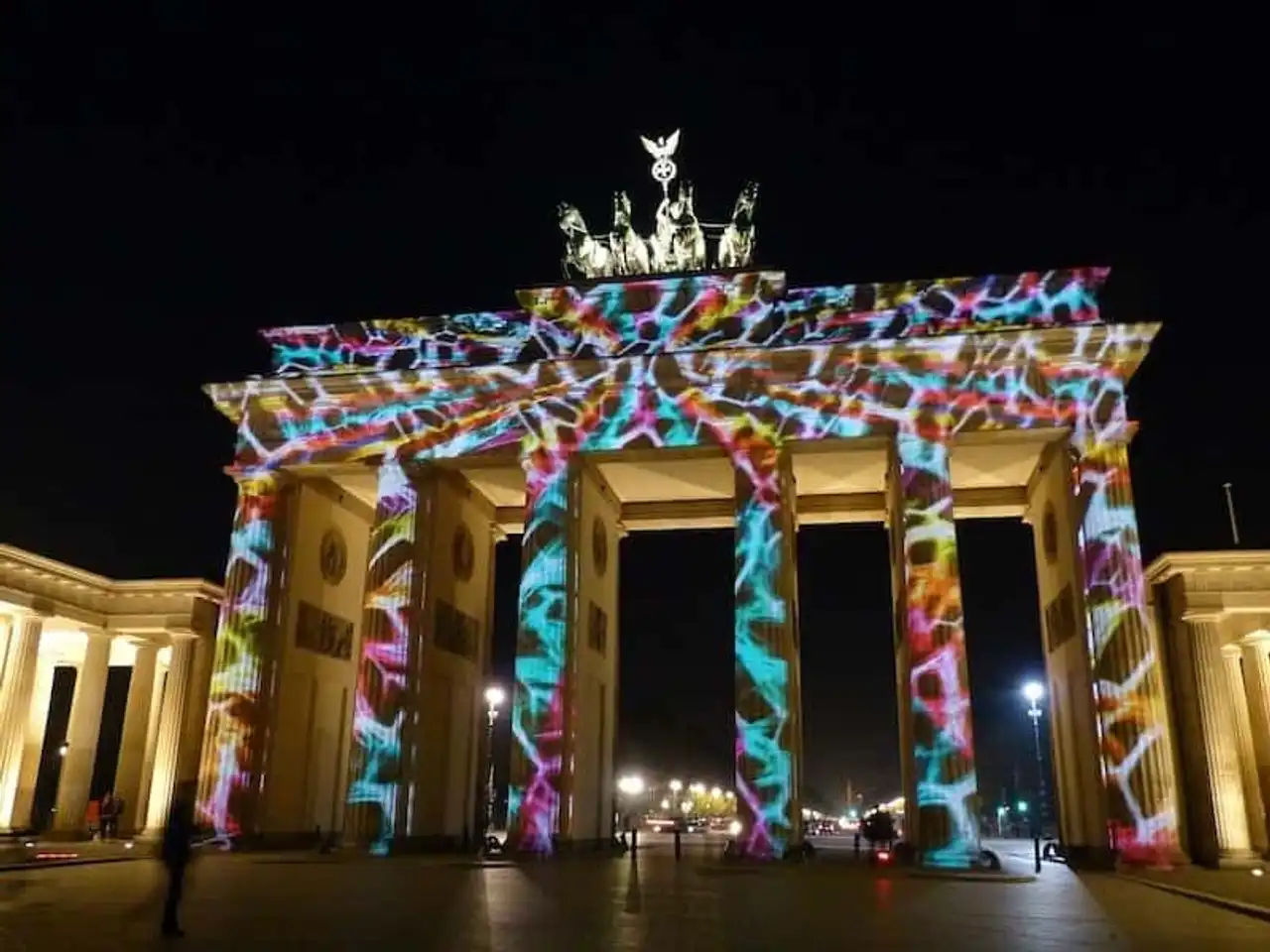
The Brandenburg Gate dominates the famous Pariser Platz to the east ends the avenue Unter den Linden. In the West, it opens onto the Platz of the 18. März beyond which the Straße of the 17. Juni .
Whether you’ve come from one of the entrances, or you’ve come by metro on the Pariser Platz, take the time to stop on the Place and contemplate this beautiful monument.
On the side of the door is also the Raum der Stille , the chamber of silence, a room that invites meditation and contemplation, memory and fraternity among peoples. It should be noted that the former Brandenburg Gate Museum, which offered a dive in Berlin’s history, is currently closed.
Thanks to its position, visiting the Brandenburg Gate is an opening to discover the city. East side, you can follow Unter den Linden Avenue in the direction of State Opera , Sainte-Hedwige Cathedral and of Bebelplatz , where the Nazi self-dafés took place. On the side you will find the island Museums and continuing your route: the Berliner Dom another emblematic building in Berlin.
Near the Brandenburg Gate, you will also find the vast Holocaust Memorial made of 2,711 columns.
You can then continue your route along the gigantic Straße of the 17. Juni, then join the Großer Stern roundabout where the throne of the Column of Victory (Siegesäule). This monument is to be visited absolutely, especially since it is possible to climb to its summit to get a superb view of the city and especially on the distant Brandenburg Gate, which sits in the heart of Berlin.
How to get to the Brandenburg Gate in Berlin?
To visit the Brandenburg Gate in Berlin, you can:
- Borrow the U55 metro and the S1, S2 and S25 trains that serve the Brandenburger Tor station.
- Join the Brandenburg Gate on foot from the Alexander Platz. Count 30 minutes to reach it, if you don’t sit in front of the many architectural and historical jewels that will punctuate your path.
Opening hours & Brandenburg Gate rates
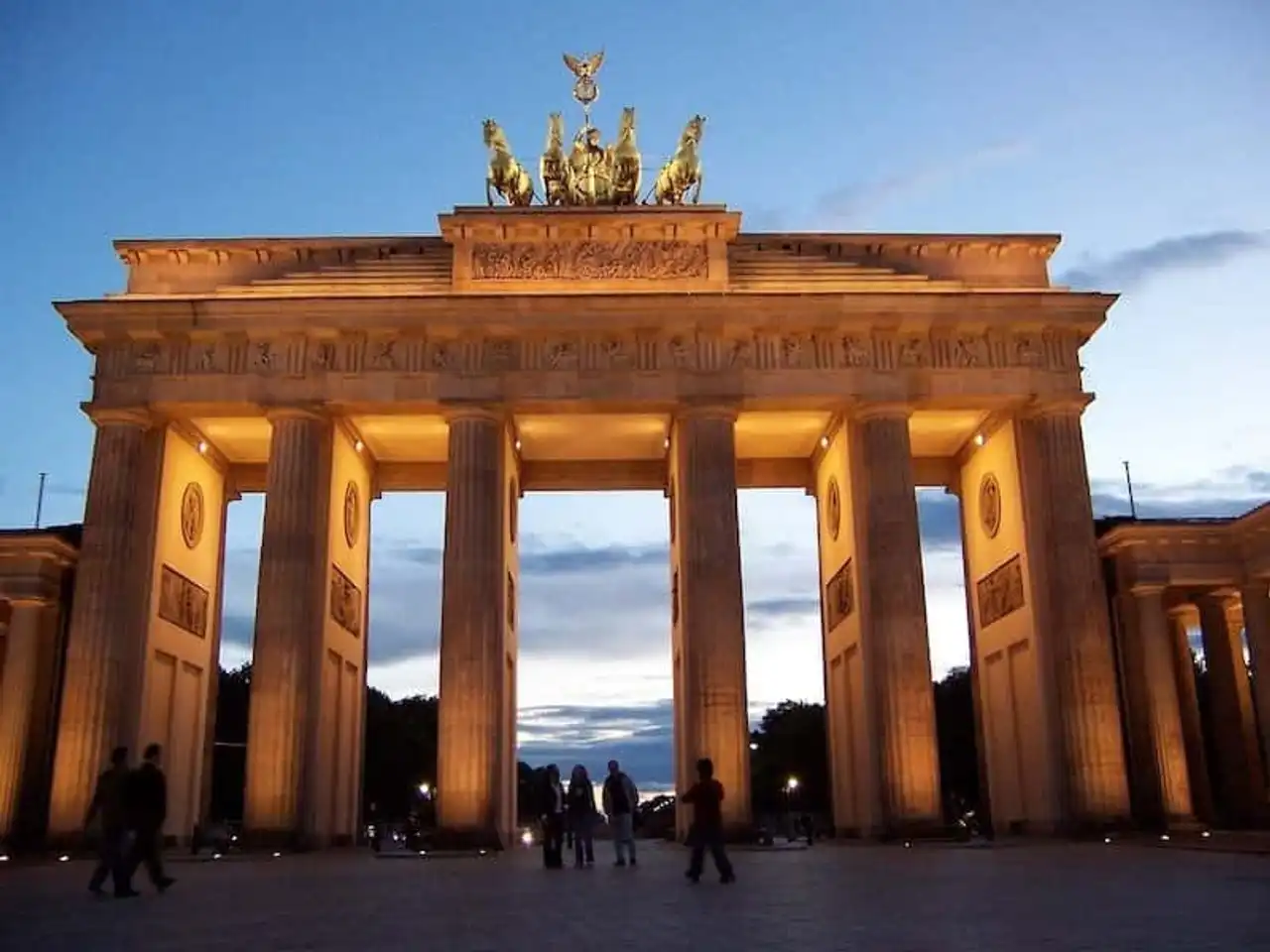
HORARI
Visit the Brandenburg Gate is obviously possible at any time of day or night, and throughout the year.
RATES
Visit the Brandenburg Gate is free .
However, to learn more about the anecdotes of its history or its symbolism, you can book online a visit to the Brandenburg Gate and other emblematic monuments of Berlin.
It is possible to visit Berlin with an experienced and passionate guide. Be sure to choose your visit to discover the emblematic and landmark places of the history of the German capital, such as the Brandenburg Gate, the Checkpoint Charlie , the island at the Museums or the Bebelplatz.
Here is an idea of the prices for activities around the Brandenburg Gate:
Trilingual guided tour from the Bundestag to Coupole du Reichstag, to the Brandenburg Gate
- Tariff: 24,50 €
Entrance to the Museum of the Brandenburg Gate
- Tariff: 5 €
Good to know.
- The Gate is a free and accessible monument to all
- People with reduced mobility or disability can easily visit the Gateway
- Plan comfortable shoes and a hat if you have planned to go along the Long Straße Avenue of 17. Juni
- There are many vendors around the Place who sell bottles of water on hot days
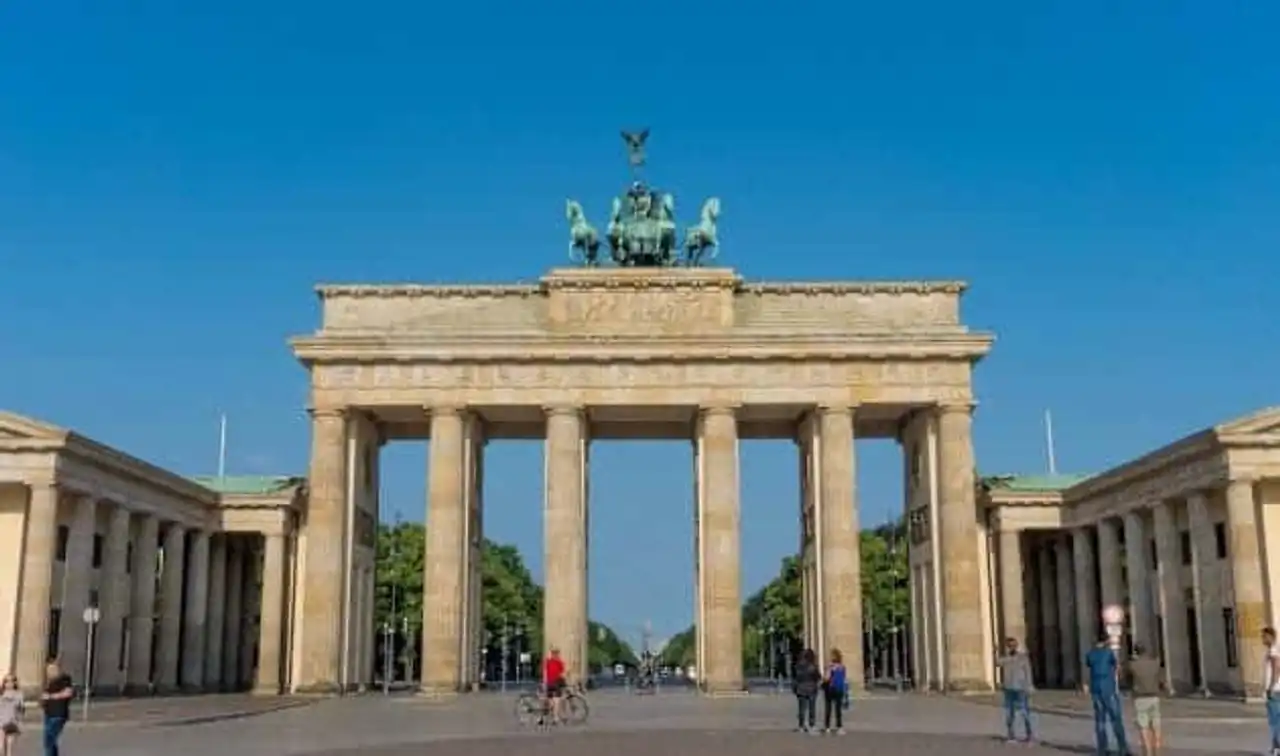




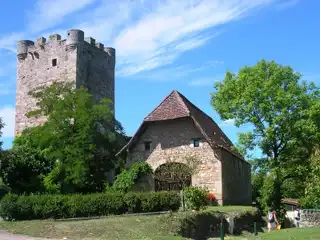
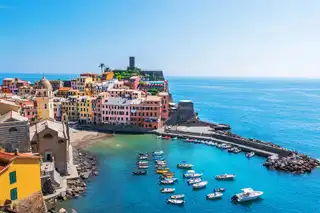
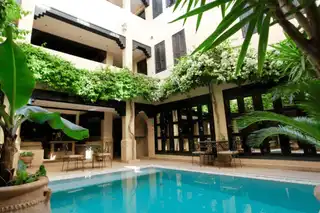
Loading comments ...